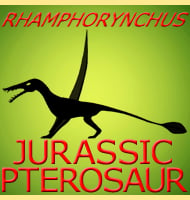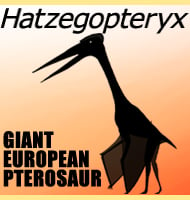Tethydraco
In Depth Tethydraco is a genus of pteranodontid pterosaur known to have lived in North Africa during the late Cretaceous. Further Reading - Late Maastrichtian pterosaurs from North Africa and mass extinction of Pterosauria at the Cretaceous-Paleogene boundary. - PLoS Biology 16(3):e2001663:1-38. - N. R. Longrich, D. M. Martill & B. Andres - 2018.

